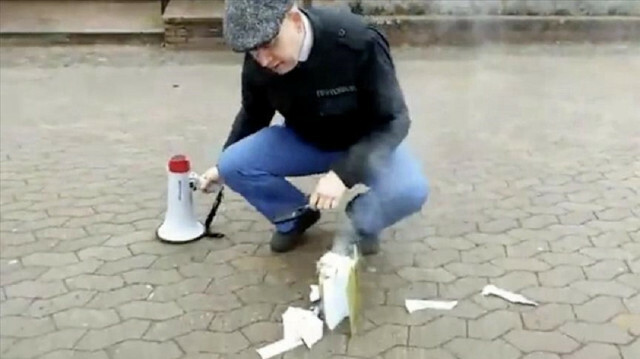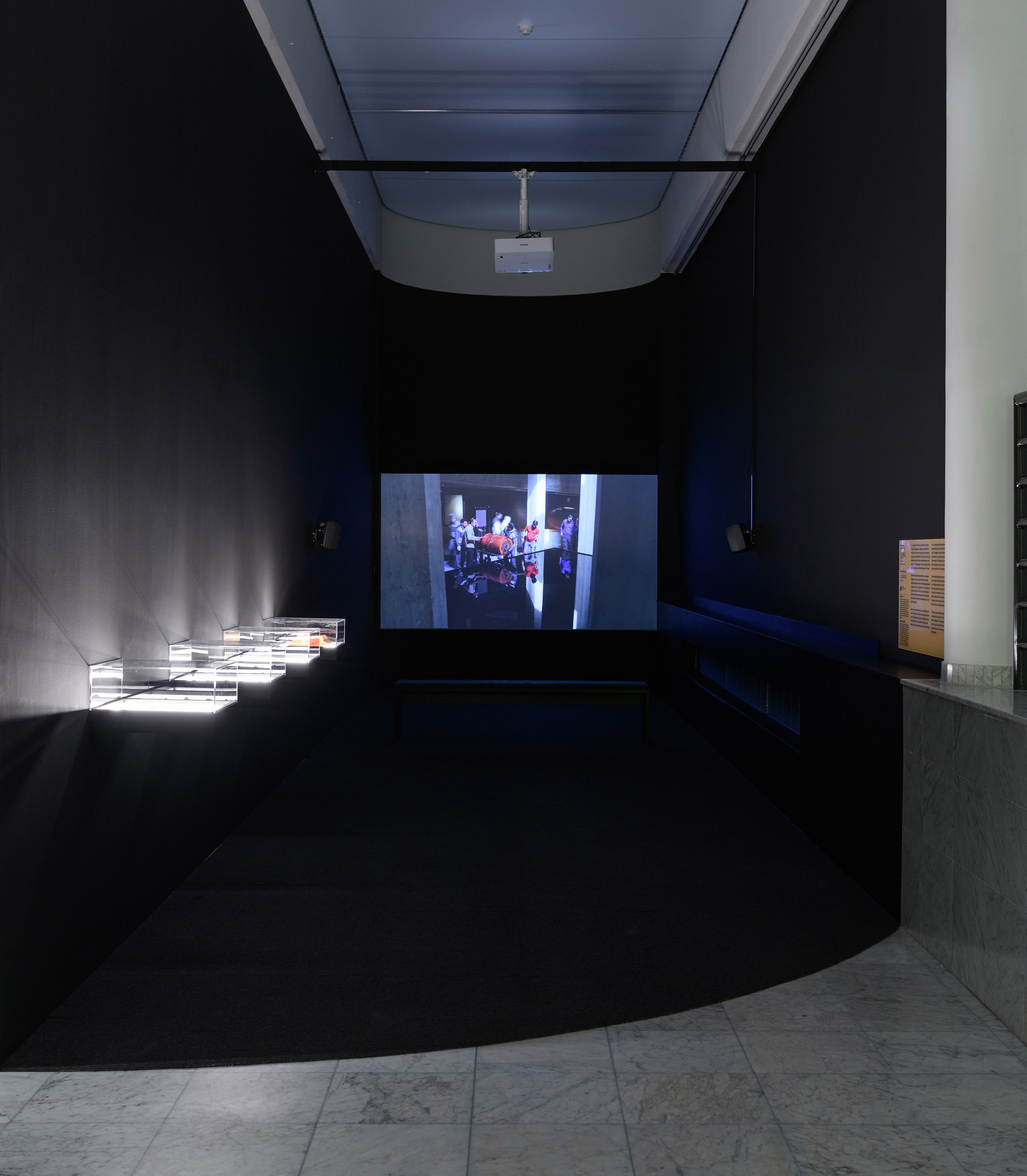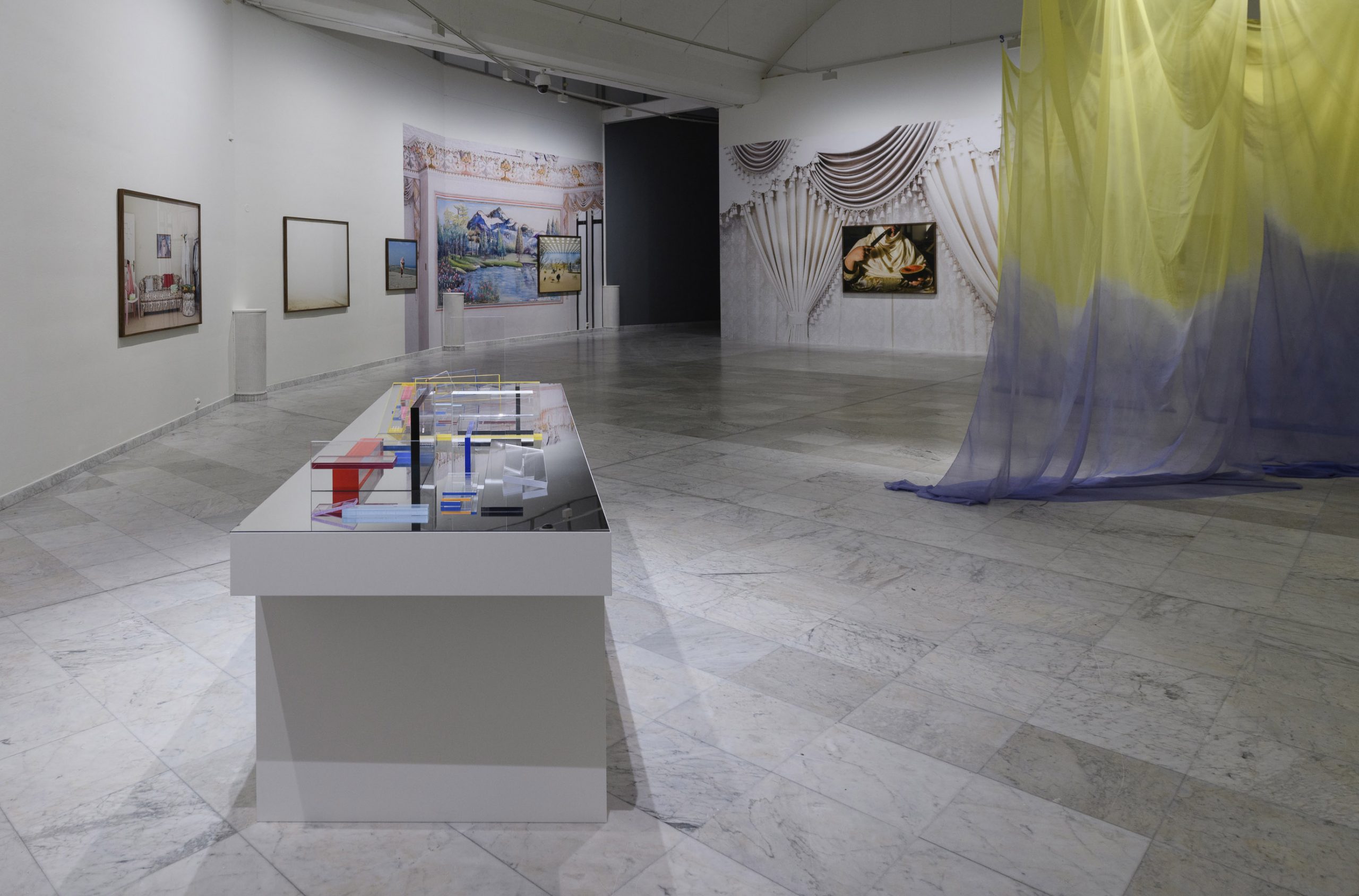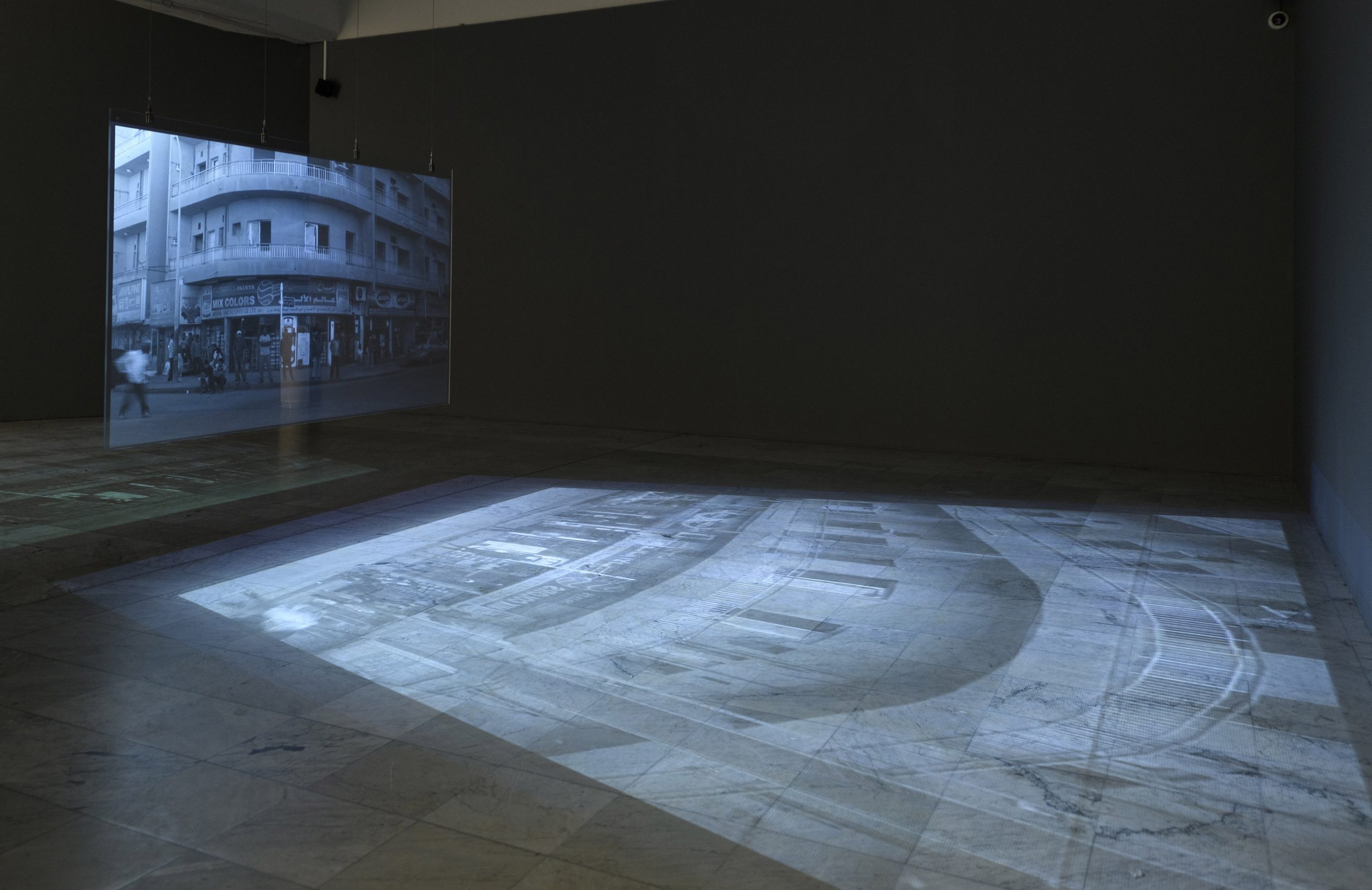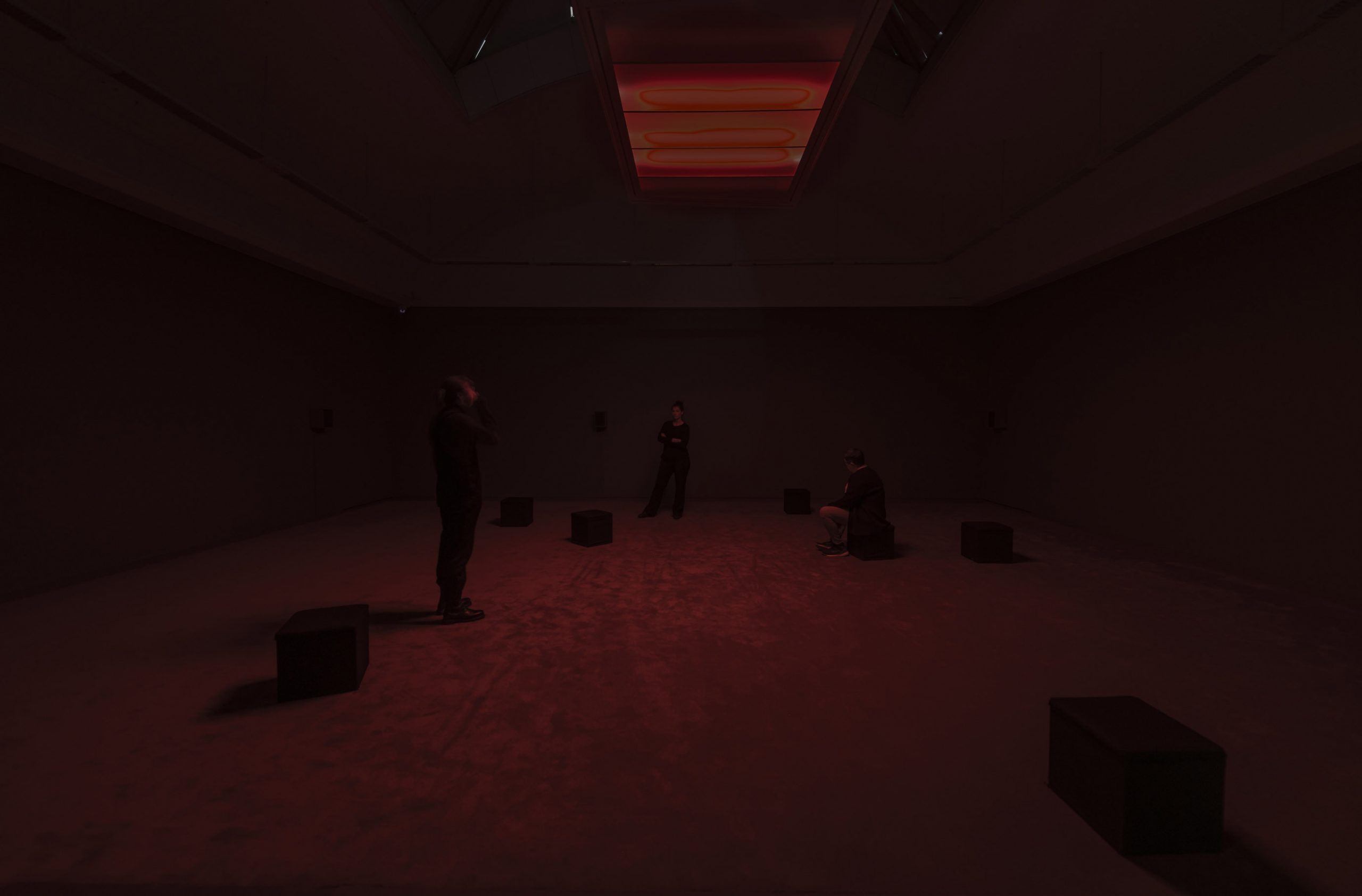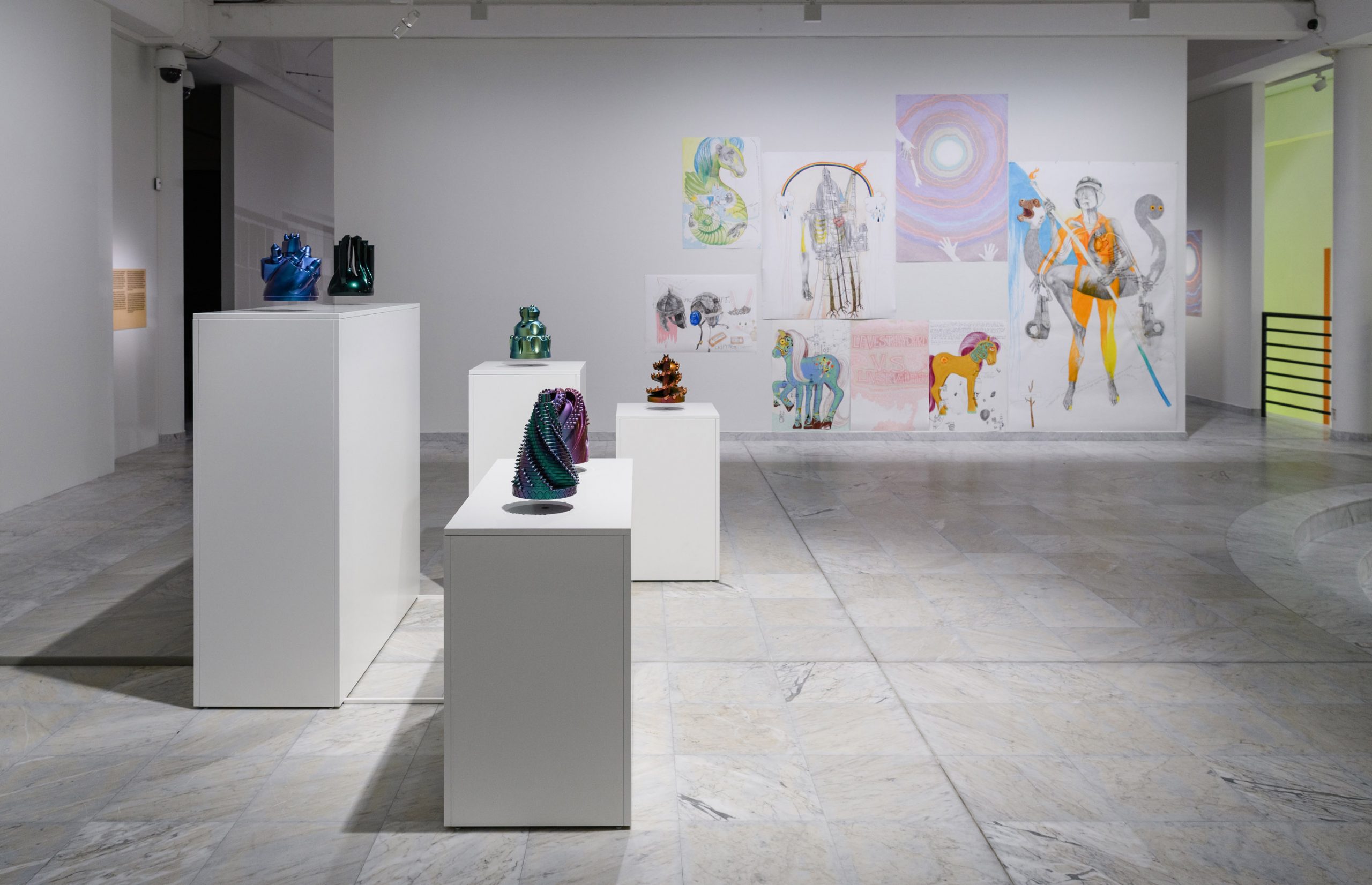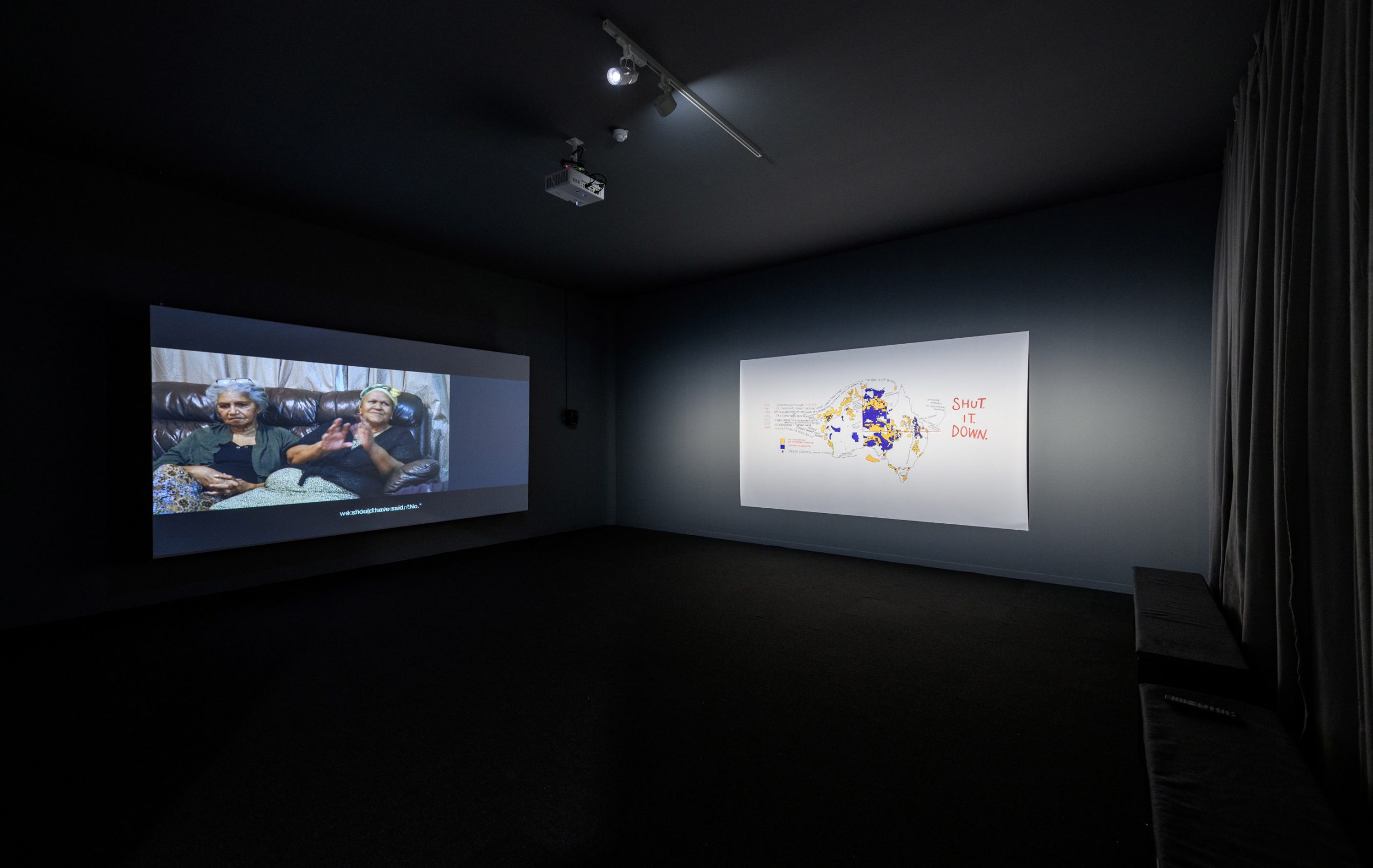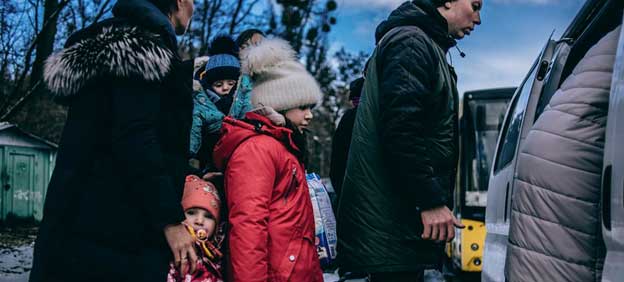Legal Implications of the Military Operations at the Chernobyl and Zaporizhzhya Nuclear Power Plants
With the seizure of the Ukrainian Chernobyl and Zaporizhzhya nuclear power plants by Russian armed forces on 24 February and 4 March, Europe has once again become haunted by the spectre of radioactive contamination. On 31 March, Ukraine notified the IAEA that while Russian forces maintain uninterrupted control of the Zaporizhzhya nuclear power plant, they have left Chernobyl and have returned control of the plant to its Ukrainian personnel.
Russia’s reasons for seizing these power plants are unclear. The Ukrainian ambassador to the UK said that Chernobyl was a weak spot in Ukraine’s defences, since, as a radioactivity exclusion zone, it was unprotected. Chernobyl is also on the most direct route from Belarus to Kyiv. But more sinister motives have been suggested, including that the seizure of these nuclear power plants was a signal to NATO not to interfere militarily, or even that these nuclear power plants could be used as ‘dirty bombs’.
Both attacks have been denounced by Rafael Mariano Grossi, the IAEA Director General. Grossi referred to the 2009 IAEA General Conference’s unanimous Decision GC(53)/DEC, which reiterated that ‘any armed attack on and threat against nuclear facilities devoted to peaceful purposes constitutes a violation of the United Nations Charter, international law and the Statute of the Agency’. This can scarcely be denied. However, these attacks also highlight several failings of special rules of international humanitarian law relevant to nuclear power plants.
Article 56 of Additional Protocol I to the Geneva Conventions
The key provision is Article 56 of Additional Protocol I to the Geneva Conventions, to which both Ukraine and the Russian Federation are parties, which gives special protection to nuclear power plants, along with dams and dykes, due to the unusually significant risks that attacks on these installations can have on civilian populations. It states, relevantly:
- Works or installations containing dangerous forces, namely dams, dykes and nuclear electrical generating stations, shall not be made the object of attack, even where these objects are military objectives, if such attack may cause the release of dangerous forces and consequent severe losses among the civilian population.
- The special protection against attack provided by paragraph 1 shall cease: … (b) for a nuclear electrical generating station only if it provides electric power in regular, significant and direct support of military operations and if such attack is the only feasible way to terminate such support; …
‘Attacks’ for the purpose of Article 56 are defined in Article 49 as ‘acts of violence against the adversary, whether in offence or in defence’.
Military operations at the Chernobyl and Zaporizhzhya nuclear power plants
There can be little doubt that Russian forces ‘attacked’ the Zaporizhzhya nuclear power plant within the meaning of Articles 49 and 56. This plant was seized after Russian forces shelled and damaged the training centre and administrative building inside the plant and prevailed against the Ukrainian forces attempting to defend it on 3 and 4 March (see here). The Russian seizure of the Chernobyl nuclear power plant on 24 February may also have been an ‘attack’ within the meaning of this definition, although it is difficult to know how much fighting was involved.
But not every ‘attack’ on nuclear power plants is prohibited; Article 56 only prohibits attacks ‘if such attack may cause the release of dangerous forces and consequent severe losses among the civilian population’. On the other hand, the modal verb ‘may’ indicates that Article 56 will be violated not only if there is a release of dangerous forces and consequent severe losses, but also if, at the time of the attacks, there was a risk that this would occur.
To determine this will require a retrospective risk assessment. So far, the shelling of the Zaporizhzhya nuclear power plant has not caused a release of radioactive materials. However, it seems ‘difficult to sustain’ that the Russian forces, at the time of the attacks, were able to determine with a high degree of certainty that a radioactive release was not conceivable.
But, interestingly, and perhaps counterintuitively, it is also possible that the same might apply to the Ukrainian forces defending these installations. This is because Article 49 does not distinguish between ‘attacks’ in the course of offensive or defensive operations. William Boothby confirms that ‘rules that relate to attacks … should be observed equally by troops that are defending themselves and by those engaged in offensive operations’ (Boothby, 81).’ This raises difficult questions as to the extent to which Ukrainian forces were entitled to defend these plants.
Certainly, some defensive measures are permissible. Article 56(5) states that:
[I]nstallations erected for the sole purpose of defending the protected works or installations from attack are permissible and shall not themselves be made the object of attack, provided that they are not used in hostilities except for defensive actions necessary to respond to attacks against the protected works or installations and that their armament is limited to weapons capable only of repelling hostile action against the protected works or installations.
But operationalising this provision, with its references to defensive ‘installations’, and ‘weapons capable only of repelling hostile action’, is far from straightforward, given that the purpose of the overriding obligation, in the case of nuclear power plants, is to prevent the release of nuclear radiation. And this is recognised by the ICRC Commentary on Additional Protocol I, which, strikingly, suggests that in some circumstances a defending party may be best advised to abandon its defence:
[2176] … the Parties to the conflict may be induced to take preventive measures, such as emptying reservoirs or closing down nuclear electrical generating stations; they may also envisage the possibility of not defending such works or installations so that these can be occupied by the adversary without destructive attacks which could release dangerous forces.
The defence of the Zaporizhzhya nuclear power plant by Ukrainian forces, which involved a firefight and artillery, raises the complicated question of what a defending force is able to do without itself violating Article 56. Similar questions arise in the context of the seizure of Chernobyl.
Does Article 56 cover Chernobyl as a defunct nuclear power plant?
The seizure of Chernobyl also highlights a different ambiguity in Article 56, insofar as it applies to ‘nuclear electrical generating stations’. This clearly covers Zaporizhzhya, the largest operating nuclear power plant in Europe. But it is less clear that it covers defunct nuclear power plants, such as Chernobyl, which ceased operations in 2000 and is in the process of being decommissioned. The difficulty is that, textually, the use of the gerund adjective ‘generating’ in Article 56 would seem to mean that a ‘nuclear electrical generating station’ must still be capable of generating electricity. The French and Spanish texts of Article 56, which are equally authentic, refer more generally to nuclear power plants (ie French: ‘centrales nucléaires de production d’énergie électrique’ and Spanish: ‘centrales nucleares de energía eléctrica’), without referring to them being in operation.
Already in 1982, Ramberg Bennett criticised Article 56 for its lack of comprehensiveness on this point, stating that ‘[a]s the protocol now stands, it specifically addresses only one segment of the nuclear fuel cycle: nuclear electrical generating stations. However, large inventories of radioactivity are located in other fuel cycle installations: nuclear spent fuel storage, reprocession plants, waste storage and fuel fabrication facilities. If the prohibition is to be comprehensive, these plants must be included’ (Ramberg, 14).
Still, it can be argued that Article 56 also covers defunct nuclear power plants. The term ‘nuclear electrical generating stations’ was used to denote facilities used for peaceful as opposed to military purposes (Lamm, 4). Further, the object and purpose of Article 56 are expressly to protect civilians from release of dangerous forces into the environment. Nuclear power plants undergoing decommissioning still contain dangerous forces, such as highly radioactive spent nuclear fuel currently stored at Chernobyl. If the purpose of Article 56 is to protect civilians from ‘dangerous forces’ it does not matter if these forces are currently being used for the purposes of generating electricity. The inclusion in Article 56 of dams and dykes, for which no special purposes are indicated, further reinforces this interpretation.
Who would be liable in the event of a nuclear incident?
Another question raised by the Russian forces’ seizure of the Chernobyl and Zaporizhzhya nuclear power plants concerns the liability for any nuclear damage that might result from a nuclear incident at either of these plants. The relevant law is the 1963 Vienna Convention on Civil Liability for Nuclear Damage, to which Ukraine and most of its neighbouring countries are Contracting Parties.
This Convention establishes a civil liability regime, which operates under domestic law (here, Ukrainian law), allowing eligible victims of nuclear damage to claim compensation in the courts of a Contracting Party in whose territory a nuclear incident occurs (here, Ukraine’s courts). This regime channels liability exclusively to the operator.
Ukraine has designated Energoatom as the operator of both plants (Articles I(1)(c) and I(1)(d)). Article IV(1) provides for the ‘absolute’ liability of the operator irrespective of any fault on its part, provided that the damage ‘has been caused by a nuclear incident […] in his nuclear installation’ (Article II(1)(a)). Thus, in principle, any liability for nuclear damage caused by a nuclear incident in either of these plants would be channelled to Energoatom. Relevantly to the present situation, however, Article IV(3)(a) provides for an exception:
[n]o liability under this Convention shall attach to an operator for nuclear damage caused by a nuclear incident directly due to an act of armed conflict, hostilities, civil war or insurrection.
Energoatom would thus be exonerated from liability for a nuclear incident (should any occur) that is ‘directly due’ to an act of armed conflict or hostilities. But what this obligation covers is also not entirely clear.
It is relatively straightforward to argue that the seizure of both nuclear power plants is an act of armed conflict or hostilities within the meaning of Article IV(3)(a). The term ‘directly due’, however, suggests that there must be a causal link between the act of armed conflict (or hostilities) and the nuclear incident. The obligation clearly covers incidents that are directly caused by acts of violence on or near a nuclear power plant, for example an artillery strike. But does it extend to incidents caused by other acts, for example if Russian forces interfere with the safe monitoring of the nuclear power plants or are simply negligent in this regard? While Energoatom’s liability would be exonerated in the first of these cases, this is less clear in the other two. In either case, the question would be determined before a Ukrainian court.
It is relevant to note that, on 31 March, Energoatom reported that Russian forces formally returned to it control of Chernobyl. In the absence of further acts of armed conflict or hostilities, liability for any future nuclear incidents should now reattach to Energoatom. The situation is however different at Zaporizhzhya, which is still occupied and controlled by Russian forces. Energoatom would be more likely to remain exonerated from liability for a nuclear incident occurring at Zaporizhzhya.
What, then, would be the legal situation in the event that Energoatom were exonerated? Article XVIII of the 1963 Vienna Convention states that ‘[t]his Convention shall not be construed as affecting the rights, if any, of a Contracting Party under the general rules of public international law in respect of nuclear damage.’ The most relevant rules of this type are Articles 42 and 43 of the Hague Regulations.
Article 42 provides that ‘territory is considered occupied when it is actually placed under the authority of the hostile army’. Ukrainian personnel at Zaporizhzhya are under the authority of Russian forces and respond to instructions of a Russian commander (in lieu of Energoatom). Hence, Russia’s occupation of Zaporizhzhya seems to fall squarely within the definition of Article 42. Article 43 provides that the occupying power ‘shall take all the measures in his power to restore, and ensure, as far as possible, public order and safety’. This encompasses the duty to prevent transboundary harm (Benvenisti, 18 and 84), as reaffirmed by the ICJ in the Namibia Advisory Opinion (118) and by state practice in relation to Iraq’s occupation (Longobardo, 174). In relation to transboundary environmental harm, this is confirmed by Draft Principle 22 (‘Due diligence’) of the 2019 Draft Principles on the Protection of the Environment in Relation to Armed Conflicts, adopted on first reading by the ILC, which states that:
An Occupying Power shall exercise due diligence to ensure that activities in the occupied territory do not cause significant harm to the environment of areas beyond the occupied territory.
Hence, so long as Russian forces are ‘in actual control’ (Benvenisti, 50) over the Zaporizhzhya nuclear power plant, Russia, as the occupying power, is subject to a duty to prevent transboundary harm (including significant harm to the environment) arising from a nuclear incident in the occupied plant. This duty is an obligation of diligent conduct, rather than an obligation of result (Longobardo).
Conclusion
The Russian forces’ seizure and occupation of the Chernobyl and Zaporizhzhya nuclear power plants have given rise to several mainly unexplored questions about the way in which international law regulates military activities involving nuclear power plants and liability for consequential nuclear damage.
While Article 56 of Additional Protocol I restricts military operations at nuclear power plants, it does not ban them entirely, resulting in a lack of clarity as to what offensive and, most importantly, defensive operations might be legal. International humanitarian law on these matters studiously avoids distinguishing between offensive and defensive operations. But a failure to take a stand creates a dangerous grey zone – and one which, as these events have shown, needs to be navigated on site in the heat of battle.
For its part, the nuclear liability regime set by the 1963 Vienna Convention on Civil Liability for Nuclear Damage is also ambiguous when it comes to a nuclear incident caused by an act of armed conflict or hostilities, in that it fails to elucidate, in sufficient detail, when an operator of a nuclear power plant is exonerated from liability. That said, there is at least clarity on the application of the underlying rules governing the responsibility of Russia, as an occupying power, for any potential nuclear damage in Ukraine and in third states, under the Hague Regulations.
Image source: The Guardian. Photograph: Sergei Supinsky/AFP/Getty Images
Tibisay Morgandi
Dr Tibisay Morgandi is Lecturer in International Energy and Natural Resources Law at the Queen Mary University of London School of Law. She is a public international lawyer and teaches

Batuhan Betin is a legal trainee at the European Space Agency and research assistant at Queen Mary University of London.


